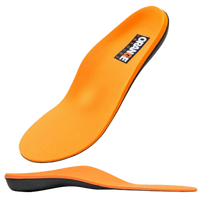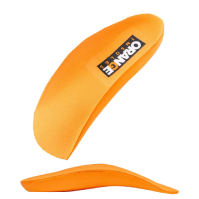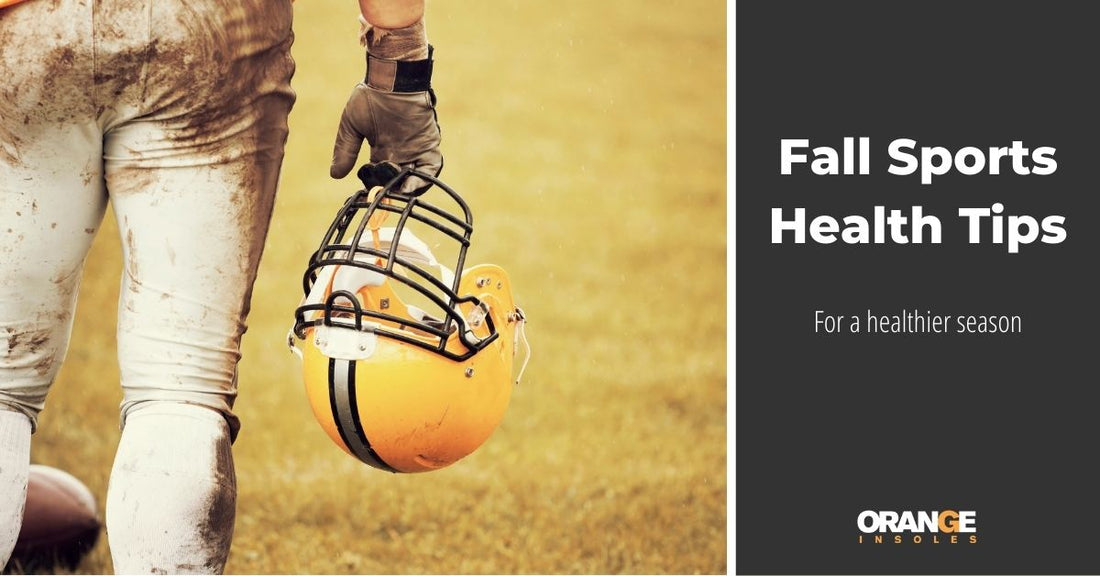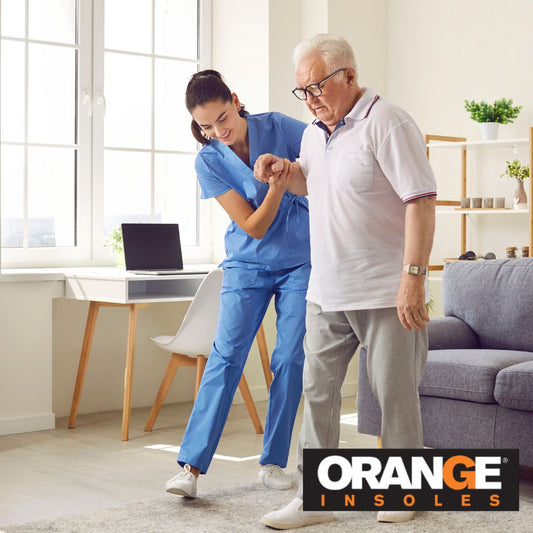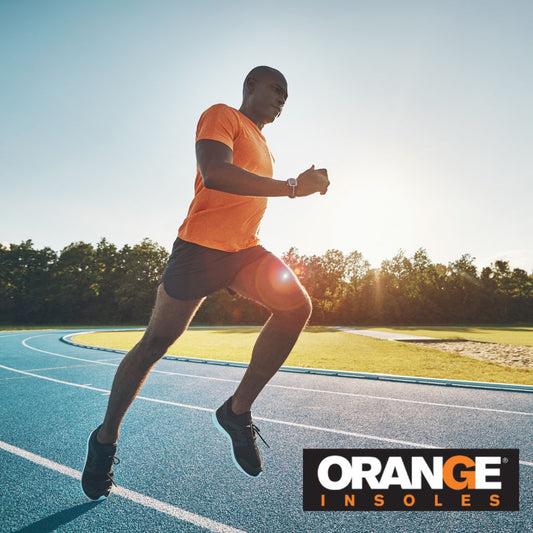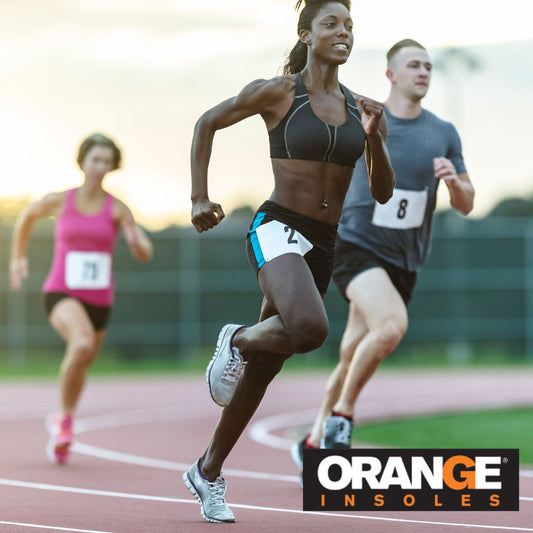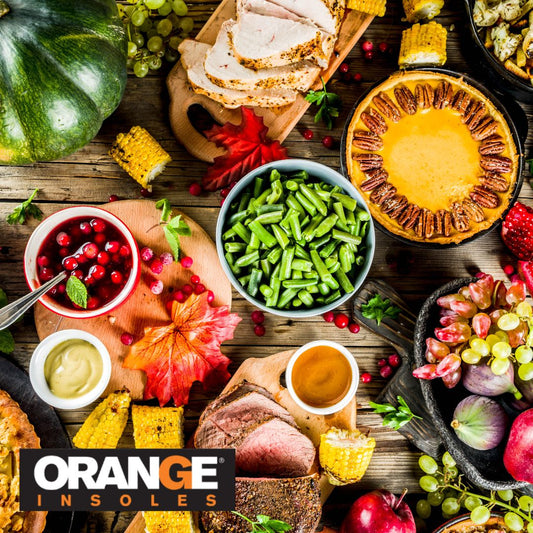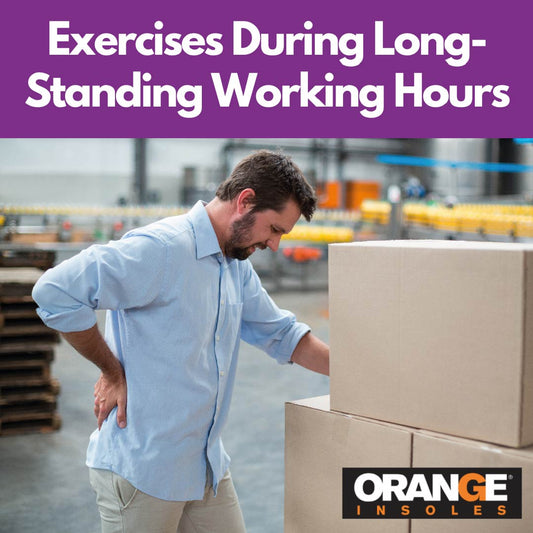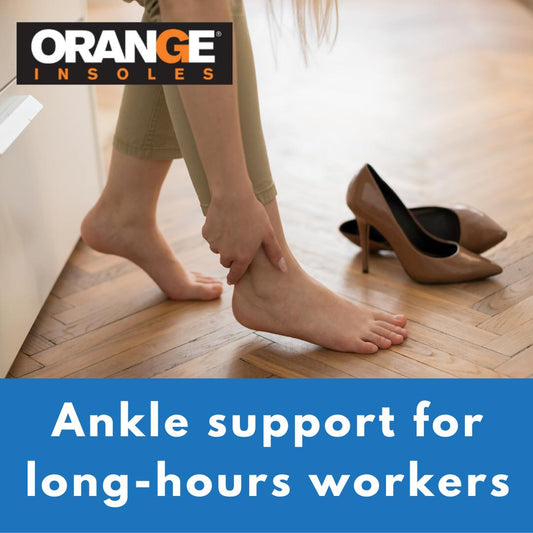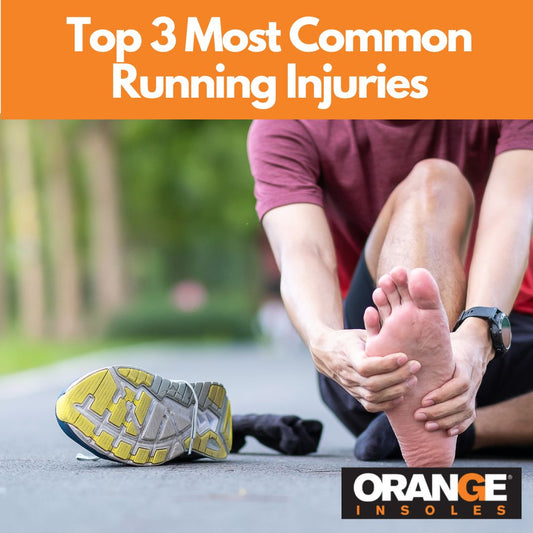Fall sports season is here! It’s time for football! (And cross country… and soccer… and golf…)
As the fall sports season kicks off in earnest, it’s also time to sift through all the sports health articles available to determine the best ways to avoid injury and improve performance.
We thought it would be helpful to put together a piece on fall sports health tips to put all the basic information in one place. So, how should fall athletes keep healthy and happy this season?
Fall Sports Health Tip #1: Take Care Early In The Season
One of the biggest issues fall sports athletes run into? The risk of injuries in the early part of the season.
This is usually a result of the harsh transition from undertraining to overtraining.
Obviously, this will largely depend on how active you’ve been over the summer. If you stay in shape over the course of the summer, carefully ramping up your training regimen to get ready for fall sports can usually be done safely.
However, if you’ve been taking it easy this summer, don’t push yourself too hard at the beginning of your season! Overtraining is a huge cause of early-season injuries like muscle pulls and shin splints… and can exacerbate problems in younger athletes like Sever’s Disease.
How can you protect yourself from overtraining?
First off, don’t neglect stretching! Stretching is key to preparing your muscles for the renewed exertions of fall sports season.
If you find yourself sore, don’t push it. And ice! Icing sore muscles can help prevent inflammation and reduce soreness. Alternate icing 20 minutes on, 20 minutes off while needed.
Finally, be sure to get plenty of rest. Your muscles will need time to rest and recuperate… and your body will need a healthy amount of sleep if you’re wanting to stay healthy for the rest of the season.
Fall Sports Health Tip #2: Don’t Forget Your Water!
Proper hydration is key for sports in any season, but it’s particularly relevant when training for fall sports.
Why?
Well, that high-octane early-season overtraining we just talked about? The one where people tend to over-exert themselves?
That usually happens in late August and early September. Which is usually one of the hottest times of the year.
If you want to avoid heatstroke and dehydration, drink plenty of water. When exercising, make sure to note how much water your body needs to stay hydrated during your fall sports training regimen. (Here’s a great infographic for that, by the way.)
Also, watch your consumption of sugary drinks! Most people drink sugary sports drinks for the electrolytes they contain… and while replenishing electrolytes is important, (especially for those with saltier sweat,) the extra sugar one consumes with them is often not worth it.
Energy drinks, soda, and sports drinks that are loaded with sugar should be avoided. If you’re worried about losing electrolytes, look for smart water options that have the electrolytes without the added sugar.
Fall Sports Health Tip #3: Wear Supportive Footwear
The harder you train, the more fatigue you will place on your lower extremities. Which is why it’s absolutely crucial to have enough support under your feet when hitting that fall sports season training regimen.
After all, the more your feet are fatigued, the harder it will be to maintain proper alignment.
Training hard with poor alignment can lead to all sorts of pain and injury in the feet, legs, hips, and back.
When considering your shoes for fall sports, keep support factors in mind. In our post on the Anatomy of a Shoe, we talk about the elements of footwear that contribute to support: the base or outsole of a shoe, (where the rubber meets the road… or grass… or turf…) and the midsole, which is the layer between the outsole and the foot.
A supportive outsole is wide, to assist with balance. And a supportive midsole has a high contour to support the medial arch of the foot.
Look for shoes that have these features. Running shoes usually have a wide selection of support options that are appropriate for fall sports training.
If you need to wear shoes that are less supportive, (golf shoes, for example… or cleats for football or soccer,) you can increase their support by using a supportive insole.
Orange Insoles have a heel cup to hold the foot in place, medial arch support to improve alignment and correct overpronation, and a metatarsal pad for shock absorption and better weight distribution. And there are styles available to fit almost any type of shoe… including cleats!
Check out our inventory of insoles today to get the support you need for a healthy fall sports season!
